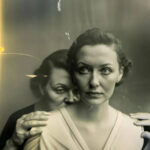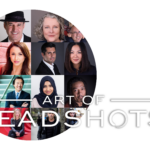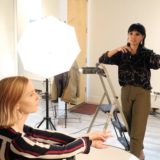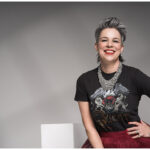Travel Photography
Travelling can be exciting, outstanding or relaxing. Where do you go on Vacation? Beach resorts in Hawaii, Mexico or the Dominican Republic? Are you adventurous traveller climbing mountains, seeking the jungle or recording political events?
Whatever type of vacation you might choose, wouldn’t it be great to have images to match your experience? For memory’s sake? Here are 7 tips that may help you achieve this goal.
My tips are fashioned by experience and frugal way’s of purchasing equipment, often I find that some photographer’s work for equipment rather than having the equipment working for them. While I am mentioning brand name’s I am not currently sponsored or gain any funds for mentioning any of the following equipment.
Travel light but be prepared for any situation

I remember travelling to Venezuela and wanting to record images of political events unfolding like protests, soldiers and rallies. I wouldn’t dare pull out my large camera and all the lenses because at home I had a newly born child and a toddler relying on the fruits of my labour. Much different than when I travelled to Lebanon in 1992 and I was a fearless 22 yrs old.
Instead, I photographed with my phone and had a few alright images. But I was not able to turn on the camera quick enough to capture unfolding events or have a lens that would photograph close-ups. The following equipment recommendation is perfect for people who want to have great equipment and travel light.
No longer do I use a bulky DSLR for professional services or travel photography… I ditched my incredibly large DSLR and replaced for half the size mirrorless camera allowing me to keep it inside the pockets and making the lens sizes a third of the size compromising zero results but making it much more enjoyable and at times capturing what wouldn’t have been possible – otherwise.
I travel with two lenses a medium zoom and a cheap telephoto ( yes, I love cheap telephoto’s because they are a tenth of the size ). Instead of carrying ego-driven photography equipment kit, I might choose to insert my camera in one pocket and the telephoto lens in another or carry swiss army padded mini bag bought at Costco for $40, instead of my professional carrying kit. An additional battery for the camera will be inside my jean’s pocket.
Another advantage of carrying a mirrorless camera is that I can swivel my viewing screen and photograph with my arms crossed and nobody will notice that I am carrying state of the art equipment.
For shooting HDR photography on the beach I like to use a wonderful $20 aluminum tripod by K&F concept, having a cheap tripod allows me to be daring rather than worrying about the salt water destroying my other carbon steel tripod which I use for wildlife and botanicals. K&F is disrupting the market by producing quality at a third of the competitors price.
The following is my travel light equipment;
Camera -Fujifilm xt20 with
Lens 1 – Fujifilm XF 18-55mm F2.8-4 R LM OIS
Lens 2 – Fujifilm XF 55-200mm F3.5-4.8 R LM OIS
Best Camera Setting

Have you ever missed a shot because your camera was not ready to fire immediately? Saw something outstanding, but instead of capturing an image it ended up becoming an engineering feet? I have! Every second, while troubleshooting seemed endless and then, I missed the shot.
The following are my default settings to be ready for any occasion.
1 – Shutter priority S ( canon cameras calls it tv ) is set to 160/sec
2 – White Balance set to auto ( white balance settings are usually found inside the camera menus). Sometimes amateur photographers complaining about wrong colours in images it’s usually having the wrong WB setting.
3 – Aperture setting to auto.
4 – ISO setting to auto ( if you don’t have auto ISO set it to 400, but make sure you understand ISO matches time of the day and type of day. ).
Having the camera set automatic for everything except the shutter speed allow’s me to make sure that I can shoot an image without blurring it and make adjustments accordingly from that starting point. Once I finish shooting I will set the camera back to 1/160 of a second.
This is also an optimal setting for flash photography.
Post Production, now or never
Have you ever travelled and saved images to be retouched the next available date? Only to realize that the next available date never comes.
I am guilty of doing so and find myself busy running a company, being a photographer, soccer coach and having kids. Now, I have found an easy way to ensure I get it done so we can enjoy the lasting memories.
Believe or not, I no longer retouch my own images in photoshop because doing so would mean using my desktop or carrying a heavy duty laptop. Instead, I carry my Ipad and use a retouching app called snapseed, it’s not as robust as photoshop or capture one but I get it done.
During my free time while travelling, at the hotel, coffee at the hammock when we are camping I review the images on my iPad via wifi and only download 1 or 2 from an experience and retouch that image. I keep it simple.







